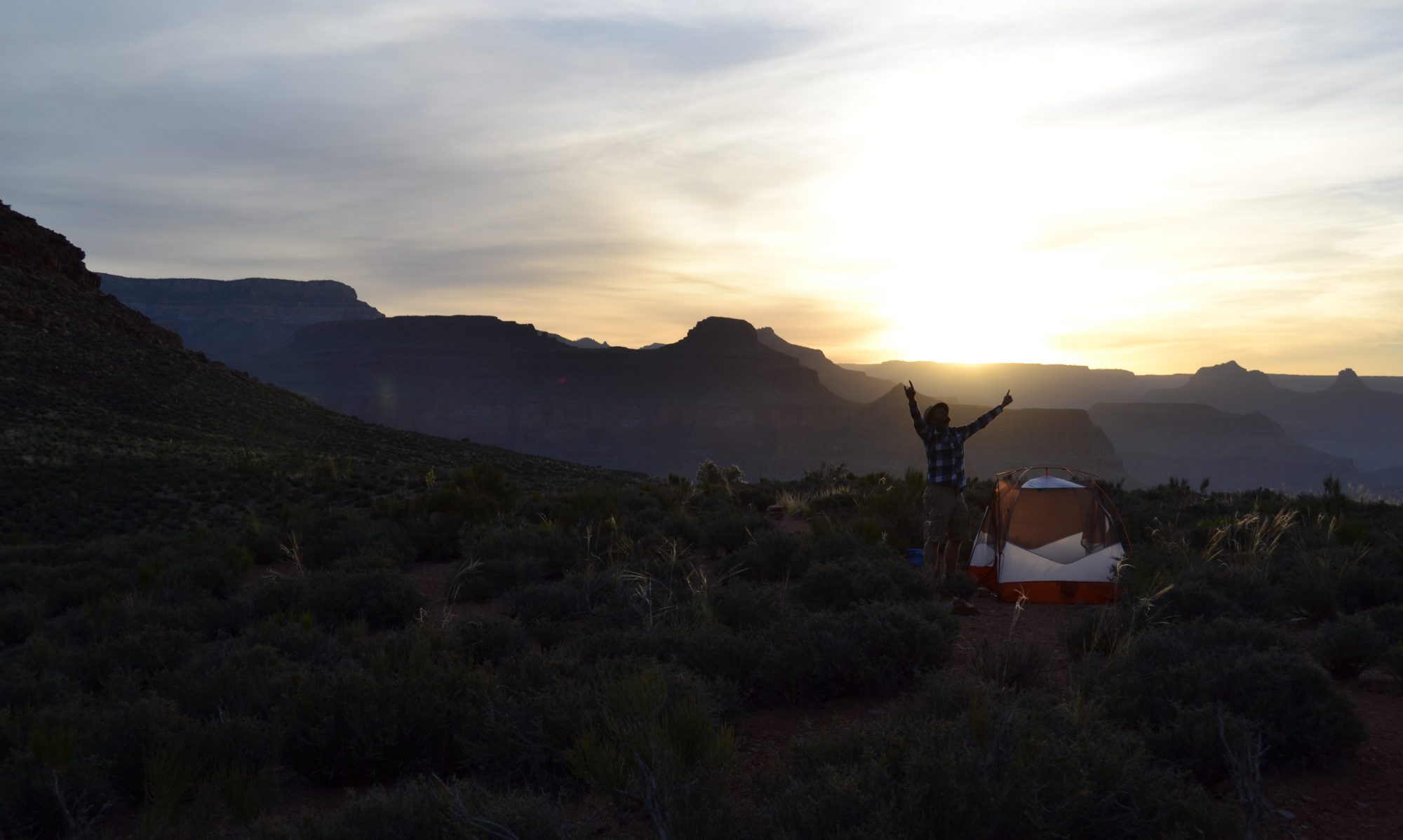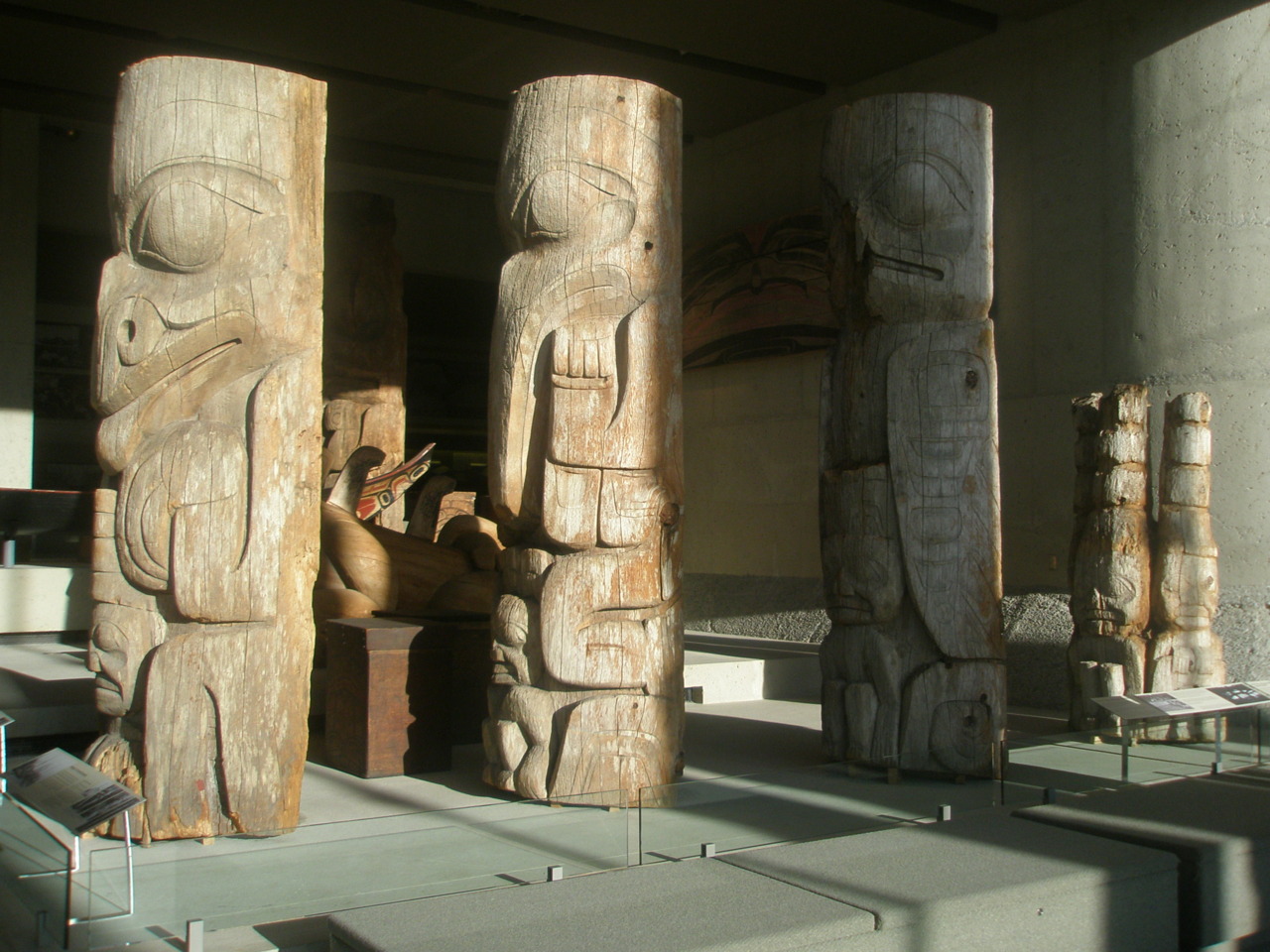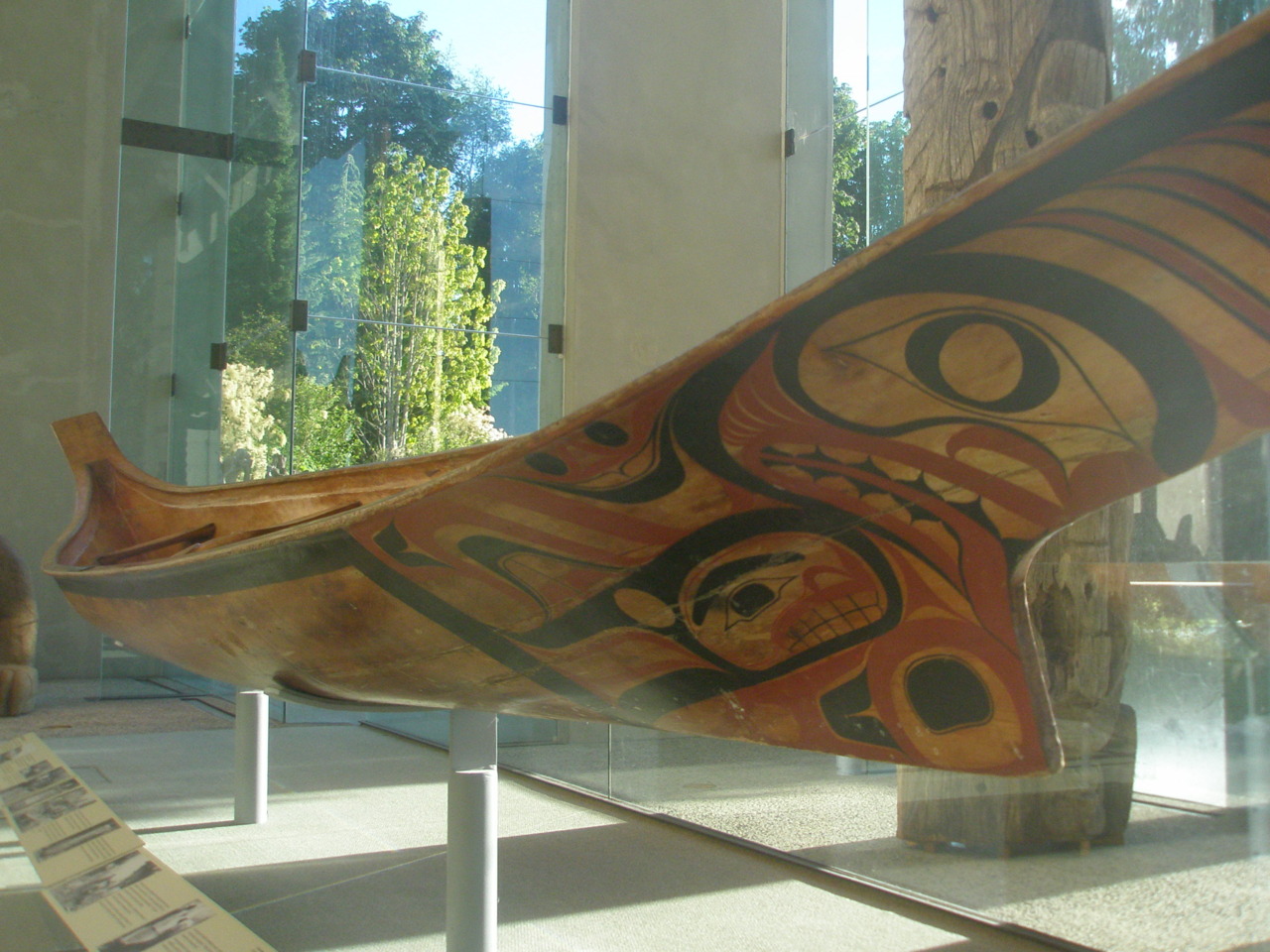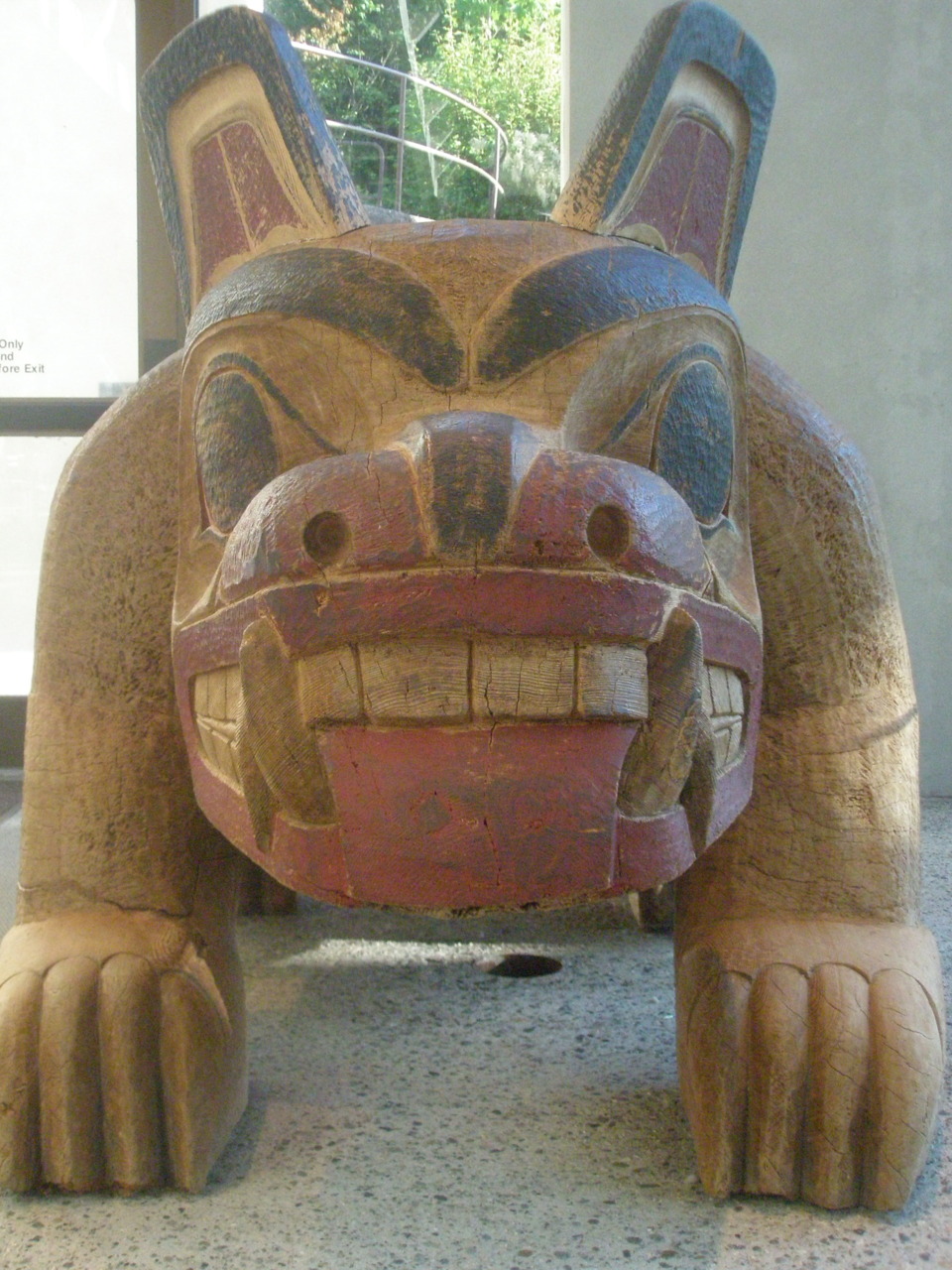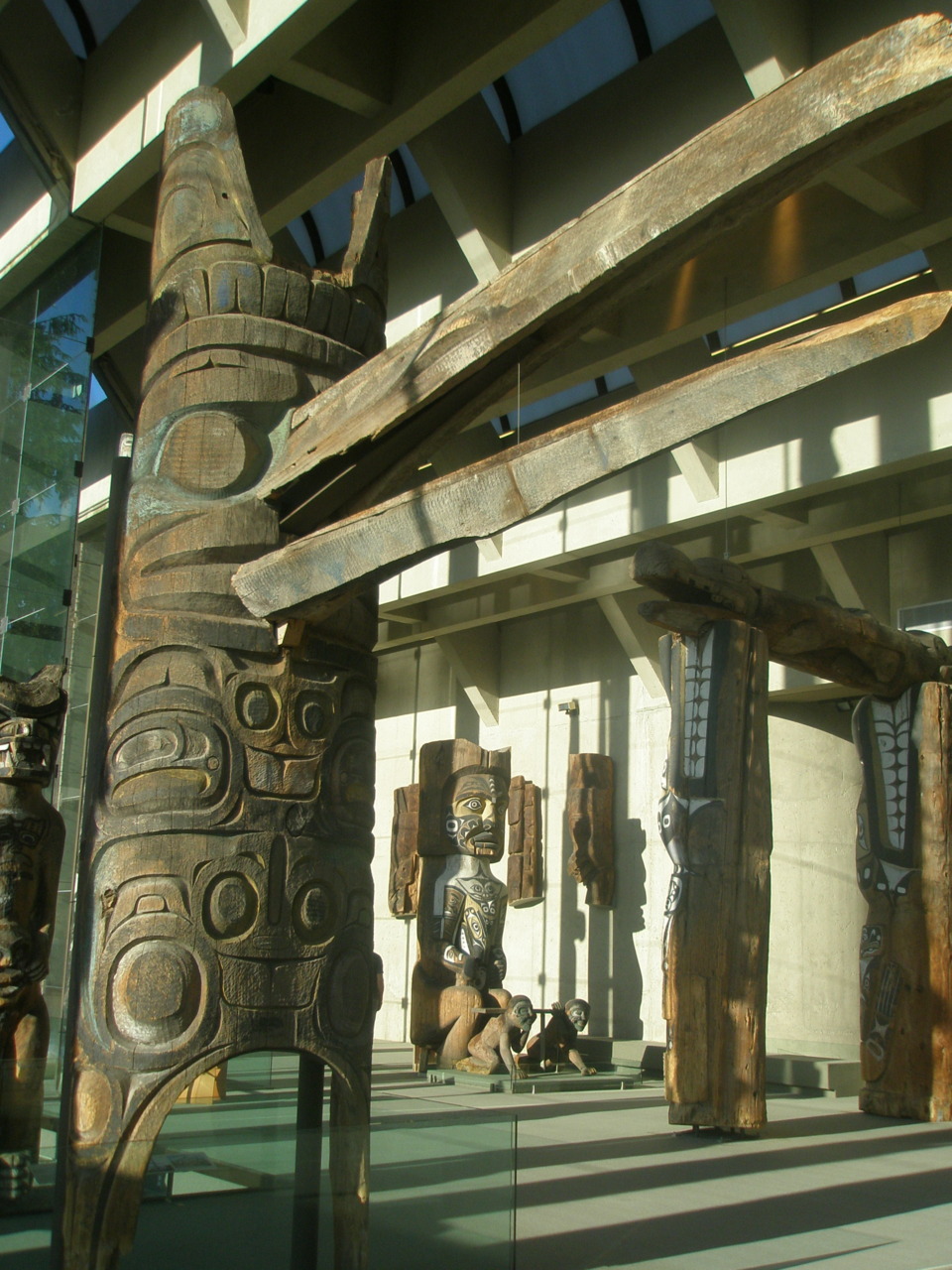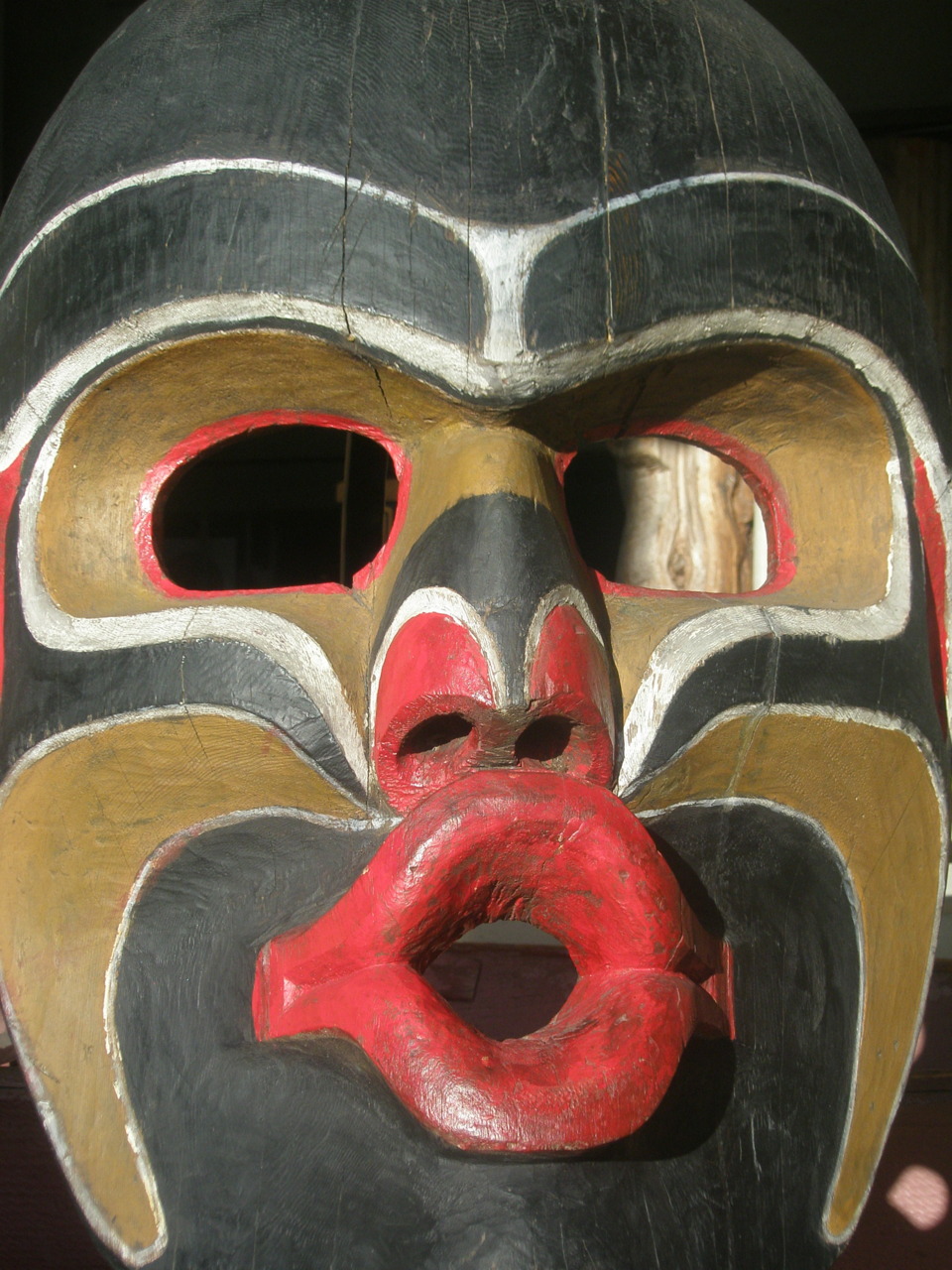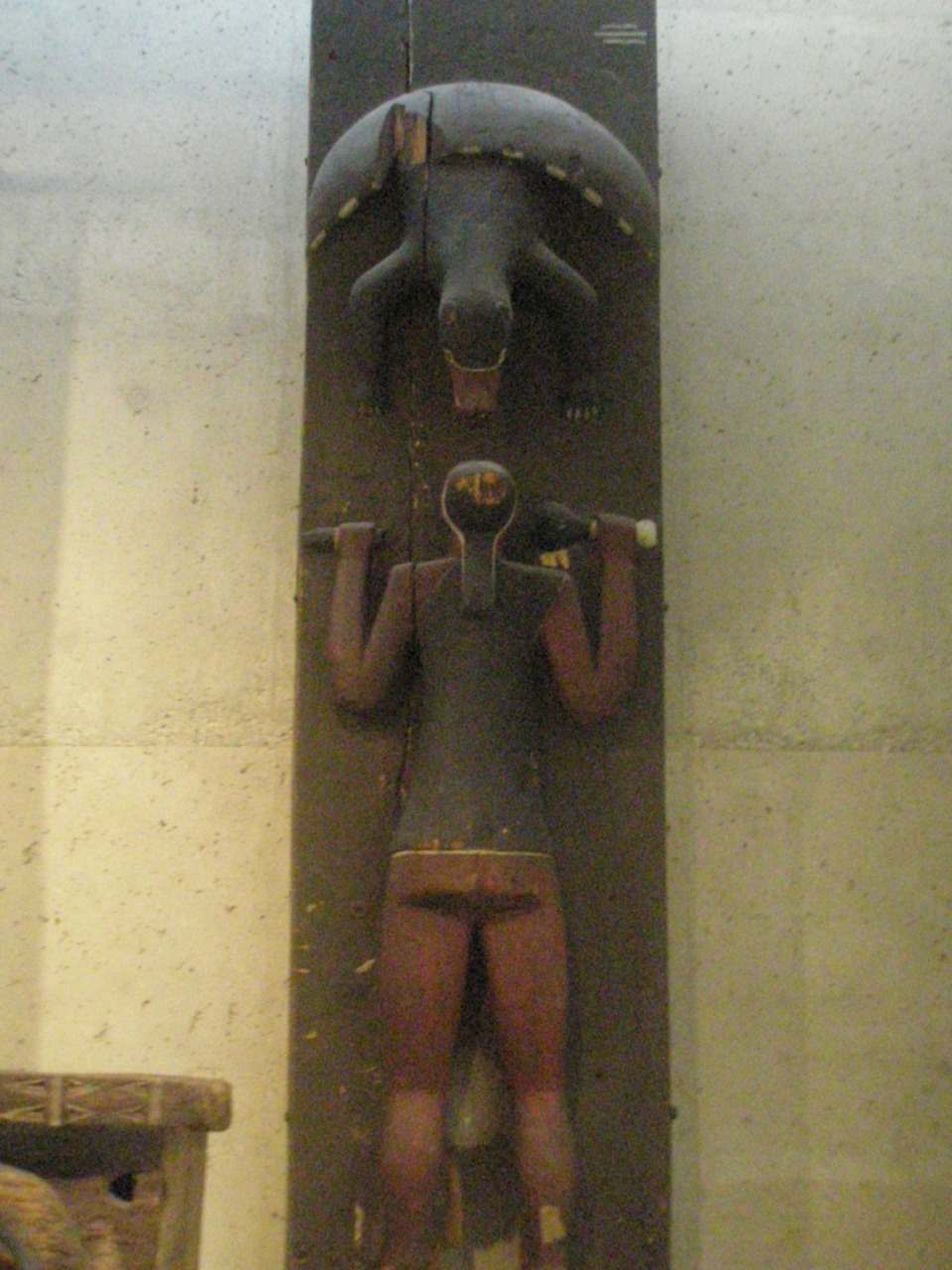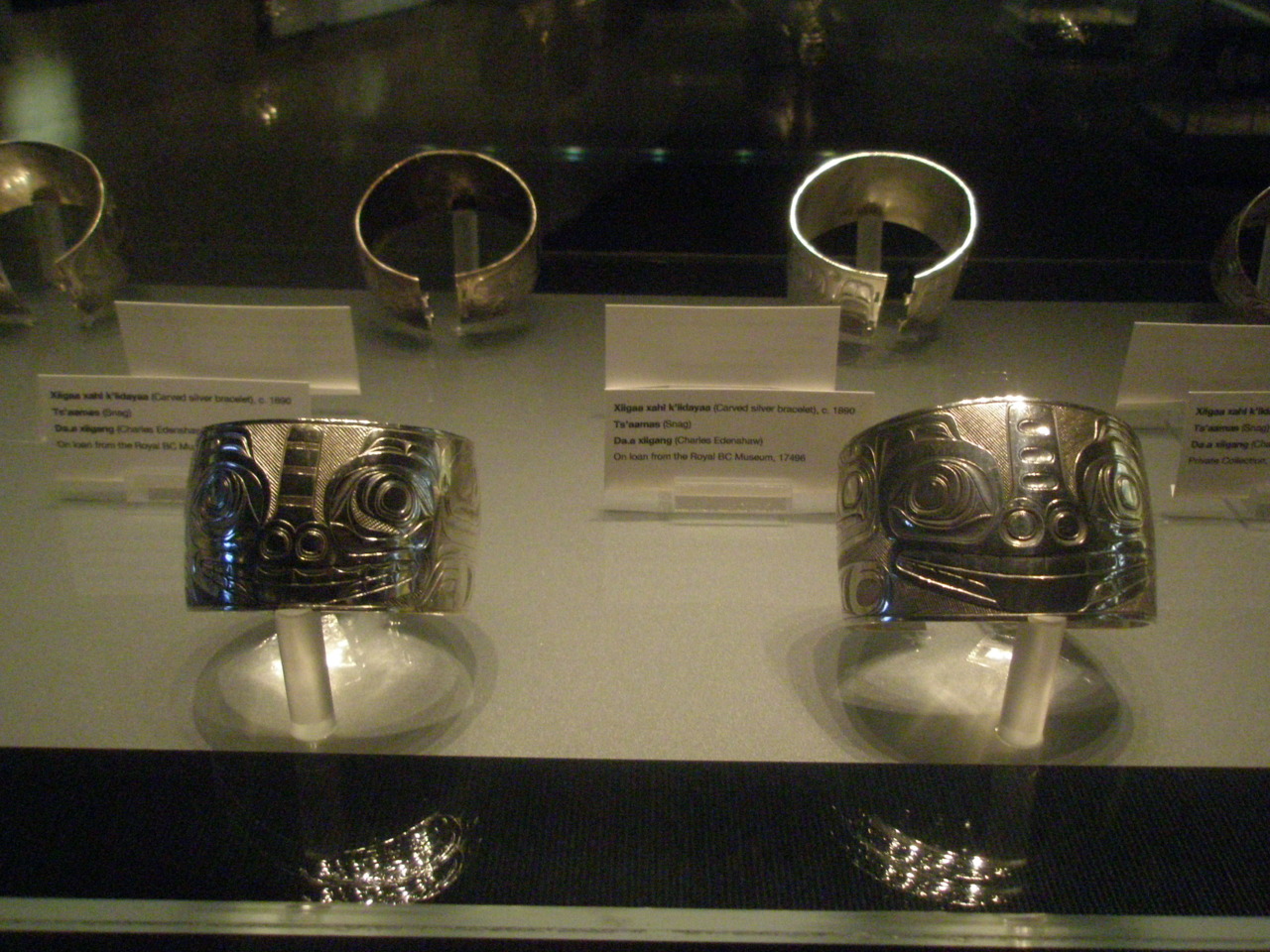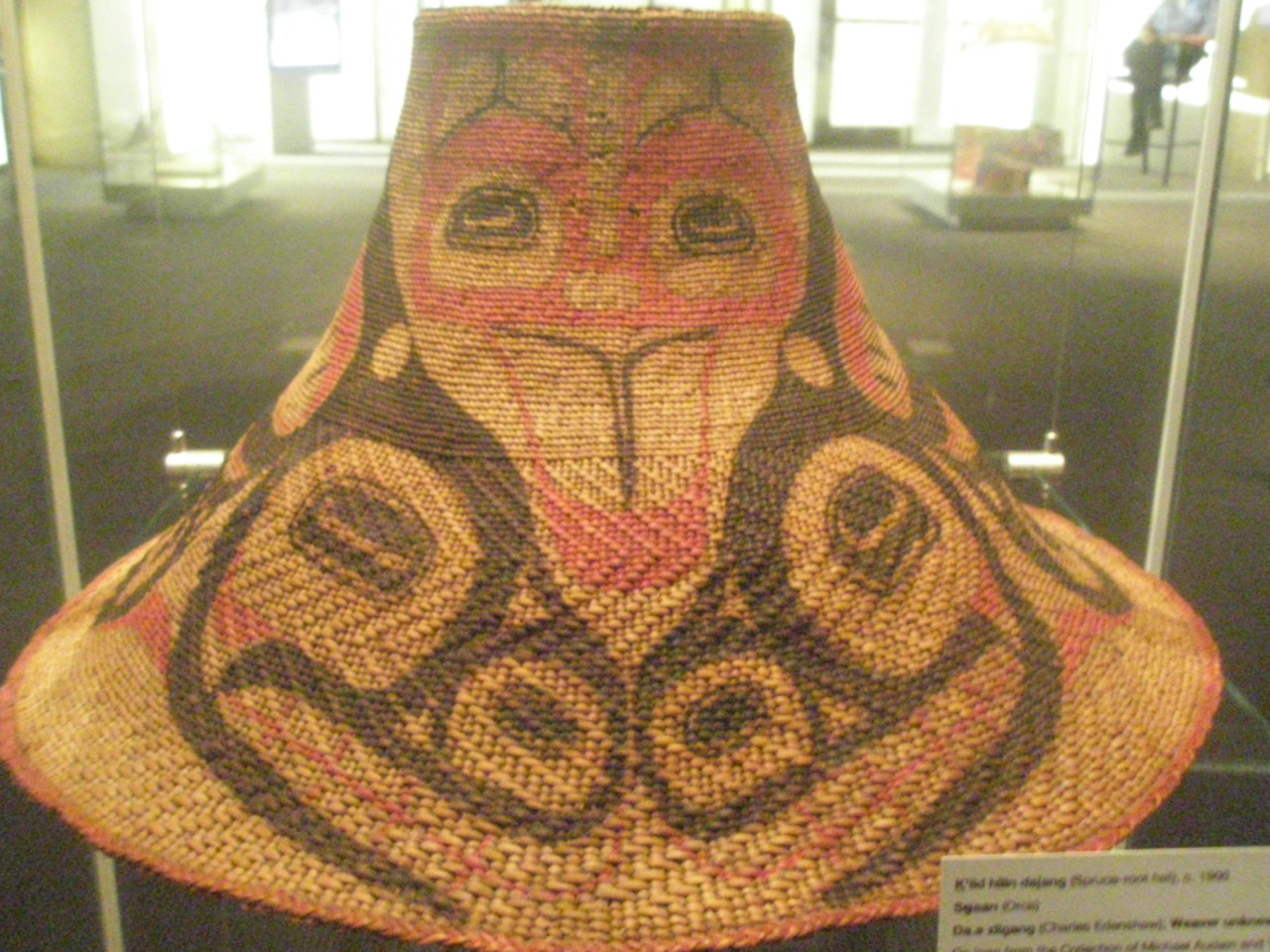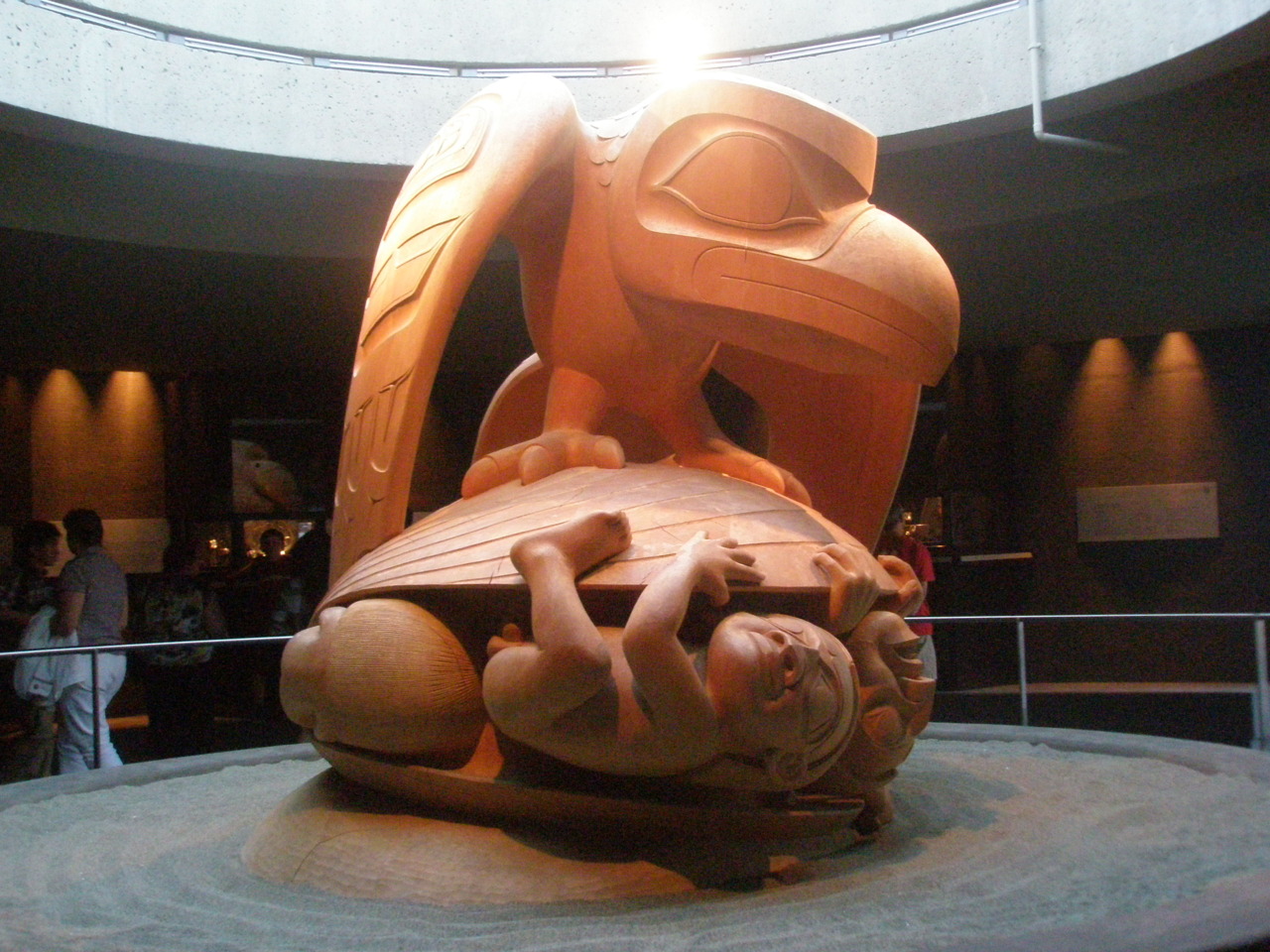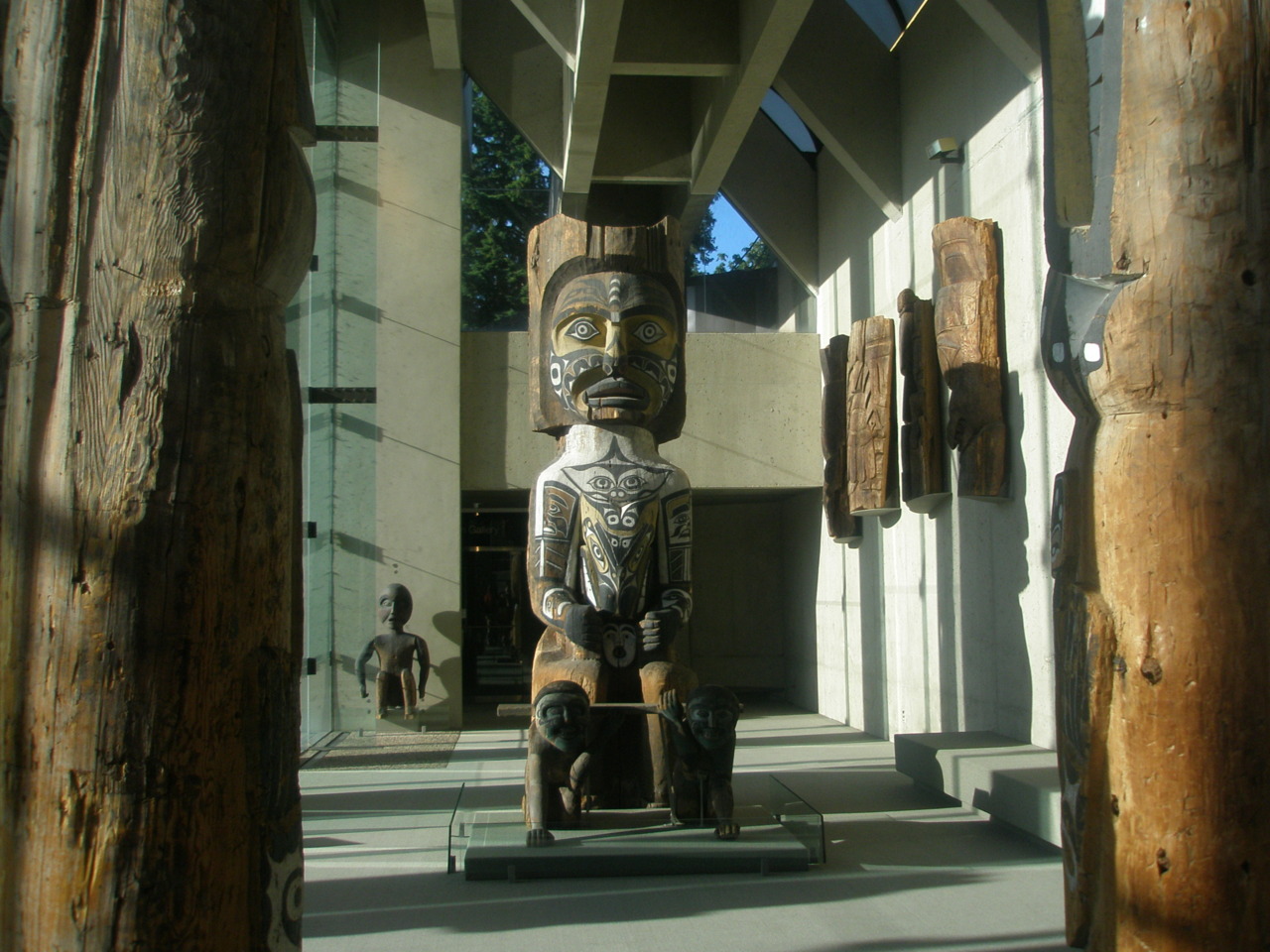Anthropology Museum, UBC Vancouver
7/5/2011
When I checked into this new quieter hostel, a man uncannily resembling Hagrid greeted me behind the desk. As it was the middle of the day and he had nothing better to do he quickly scribbled all over my map, giving me the lowdown on the town. “We are in Chinatown”, he began, “do not go here (he circles East Hastings st) that is where the druggies and homeless are – we have the best climate in all of BC so they tend to hang out here. There’s plenty of shelters and food available for them, they have all their necessities, there’s just not enough money for their habits. The police leave them alone so you wouldn’t feel threatened or unsafe, it’s just an incredibly depressing place to go. Over here is the gay section”, as he continues to circle my map, “you’ll know when youre there by the fluorescent pink metro signs. This section over here has cheap, good food, this section is the downtown nightclub scene, this place is a terrible tourist trap, this place has spectacular views for free, and this section is historic Gastown.” He asks me if I have any plans and I fumble out the word museums. Immediately he circles all of them on the map, rating the value of each one. Of all of them however, the Anthropolgy Museum was by far the most raved about – and it’s half price on Tuesdays from 5-9.
So that was my plan for Tuesday. Wake up late, walk around the city a little, go to the beach, maybe tour the University since it’s right next door to the museum, and in general just relax. Well, I did wake up late. And I did meander around the city. And I did leave as scheduled from downtown at 3p.m. to start walking toward the museum. It just looked so much closer on the map. Like actually. A moment ago I google mapped the distance and if I had headed straight there it would have been eight miles. I’m not sure how long my route was, but I took the scenic way along the beach. And though it was beautiful, I walked 8-10 miles in the middle of the day in flip flops, finally arriving at the museum three hours later at 6p.m.
However, I was in luck. The last tour of the day had just started and I sat like a small child on the floor, nursing my legs while listening to my captivating guide.
He began with the totems. Three different cultures make up the Pacific shoreline/Vancouver area, but the world would be a little less bright if I even tried to spell let alone pronounce their names. Each of these cultures used totems as status symbols on your front lawn, memorials for a significant event, and edifice for burial. Two of the the cultures carved with the tree, forcing their designs around the 2-d edge of the cylinder. The third culture went for a much greater shock effect (which makes them much more well known today) adding elongated beaks and outstretched wings to enhance the grandeur of their symbols. The totems that were displayed outside of the house told a story. In one culture this meant a literal story pertaining to the owner of the house and by having such a plaque the family has a “copyright” over that story so that even the tour guide could not speak it out loud, though he knew it. One of the pictures above show this totem, a man with a knife and rattle in hand staring face to face with a bear. Another culture used these front lawn totems to show their status. Each family within a tribe (is that the right word?) had their own animal symbol. So on the bottom of their pole would be carved the symbol of their family – like a bear or wolf. When a man did something heroic and noteworthy for another family, then he could add their symbol to his totem – such as frog in the bear’s mouth, etc, etc.
Canoes were also significant. The wheel had not been a very useful invention for these indigenous populations, so water was the most efficient for of transport. Unlike the burned out hollow in canoes of the east coast, there was a somewhat finer art to these vessels. A whole tree was cut with elaborate ceremony for the canoe. The ends were shaved first, giving the canoe its shape, then the gunnels were formed in a rainbow-like arch on either side. As the canoe was hallowed out, the engineer kept the wood two fingers wide at the bottom and one finger wide at the top. Now here’s where the craft diverges from most others – the wood was soaked in water until it became flexible, then pieces of wood were placed to stretch the side of the canoe out to almost twice the original tree’s diameter, pushing the ends up (which is what you want anyways) and flattening the arched gunnels.
The first nation peoples had a strong respect for the environment. It was rare for them to fell a tree, except when absolutely necessary such as for shelter or canoes. When this occurred, a ceremony took place in which a person would take on the spirit of the tree, cut the tree down, and then release the spirit back into the tree’s new form. Most of the time, however, they were able to make do with foot-wide slabs of bark that seemed to peel like a banana off the side of the tree. When cut finer, this bark could go into weaving clothes or baskets. In other instances the bark was soaked in water and twisted to form boxes. With such sea-faring lifestyles, ceramic pots were of little use as they were too breakable. Instead they would use these boxes to cook food, boiling water by placing hot stones from the fire into these boxes filled with water.
The first picture in these series is incredibly famous for all Canadians, created by artist Bill Reid. On the edge of the Canadian twenty dollar bill sits a nickel sized version of this image.It represents one of the many flood stories told throughout the world and the creation of man. Unfortunately I will probably get the story terribly wrong, but I will nevertheless attempt to convey it. I believe the bird/eagle/hawk like creature is some sort of god. He was flying around the flood scene looking for any dry land and any signs of life. He finds the rock/shell thing and lands upon it, only to discover several humans crawling out from below to greet him (it’s actually a great story, you should look it up for realsies).
The museum also featured artifacts from all around the world, but these seemed less interesting in light of where I was geographically. The museum does feature an amazing technology in which all of its treasures are online in a sort of virtual museum tour that allows you to read about every object’s background while zooming in really close to each fiber. You can find that here.
Overall, good job Hagrid manager guy
